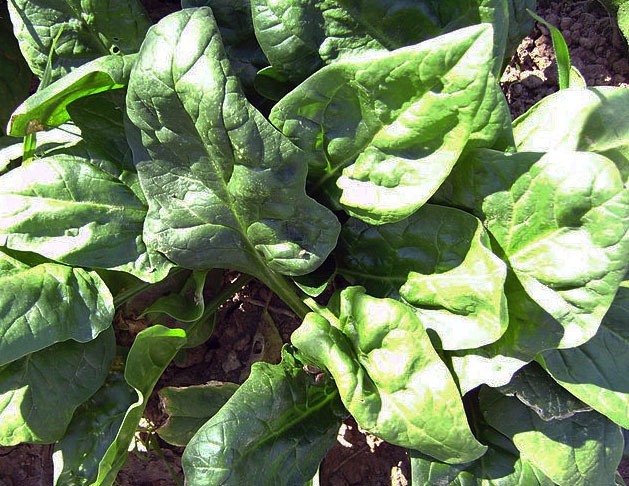Posts Tagged: Michael Cahn
UC app helps growers monitor water and fertilizer use
A UC Agriculture and Natural Resources scientist will hold a workshop in April to teach farmers how to use an online application available free from UC ANR that calculates the precise water and fertilizer needs of their crops, reported the Salinas Californian.
CropManage compiles information about the crops' soil, growth and water needs from years of UC ANR Cooperative Extension Research, said Michael Cahn, UC ANR Cooperative Extension irrigation and water resources advisor in Monterey County.
"It's repackaging research into a format that's accessible to everybody," said Cahn, who developed the program."It takes 10 steps to do the calculations by hand and (CropManage) does it in a second."
Using CropManage helps farmers avoid wasting expensive fertilizer, reduces the likelihood fertilizer will leach into the groundwater, and makes efficient use of water, a factor that is increasingly important as the state struggles through what may be the fourth consecutive year of drought.
CropManage can currently be used for head and romaine lettuce, broccoli, cauliflower, cabbage and strawberries. It will expand to other crops in the future.
"We want to develop things carefully," Cahn said. "We're not trying to make money on this, we're just trying to help the growers."
The workshop will be from 8:30 a.m. to noon Thursday, April 2, at the Monterey County Agricultural Center Conference Room, 1432 Abbot St., Salinas. RSVP by email to Michael Cahn at mdcahn@ucanr.edu.
UC Cooperative Extension advisors help spinach growers finesse fertilizer applications
UC Cooperative Extension advisors are studying the critical balance between fertilizer application and absorption in Salinas Valley spinach crops to help farmers meet new water regulations, reported Dennis Taylor in the Salinas Californian.
Richard Smith and Michael Cahn, UCCE advisors for Monterey and other Central Coast counties, have been conducting field trials for several years to determine volume data on fertilizer application. Once growers know exactly how much nitrogen their crop is absorbing, they can more precisely apply an appropriate amount.
Smith explained that baby spinach will absorb roughly 80 percent of the nitrogen it is going to take up in the final two weeks before harvest, making timing critical, Taylor reported. Spinach harvested a few days later, called "teen spinach" uses about 100 pounds of nitrogen per acre; larger-leafed spinach can used up to 120 pounds.
“No (previous) studies had evaluated high-density planting of clipped or bunched spinach grown on 80-inch beds,” said UCCE research assistant Aaron Heinrich. “Our study was specifically designed to provide data on the nitrogen uptake characteristics of spinach and to evaluate ways to improve nitrogen fertilizer management.”
UC nitrate *quick test* protects water quality
Lettuce farmers can use less fertilizer - saving money, cutting back water use and reducing nitrate groundwater contamination risk - without sacrificing crop yield by employing a "quick test" developed by UC Cooperative Extension, the San Francisco Chronicle reported today.
With the quick test, growers can determine how much nitrogen is in the soil and use only as much fertilizer as their lettuce needs to grow.
UC Cooperative Extension farm advisor Michael Cahn told reporter Julia Scott that he helped one company use 70 pounds less fertilizer per acre and get the same yield.
The Chronicle story was focused on imposing regulations to ease water nitrate contamination in California. Cal State East Bay earth and environmental science professor Jean Moran pointed to agriculture as the primary source of the problem.
"It covers a much larger area, it's a constant input of nitrates in groundwater and you have constant irrigation and over-irrigation, which drives the nitrates deeper into the groundwater," Moran was quoted. "But if you look for new evidence of regulations on nitrate issues in groundwater, you just don't find them."

Lettuce irrigation.


